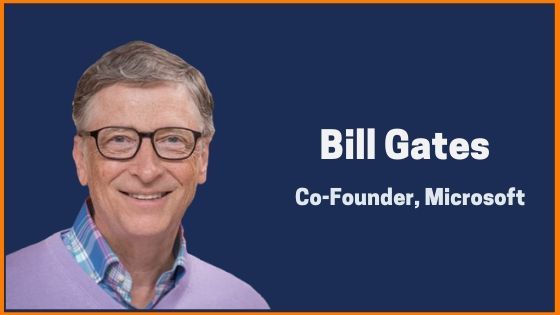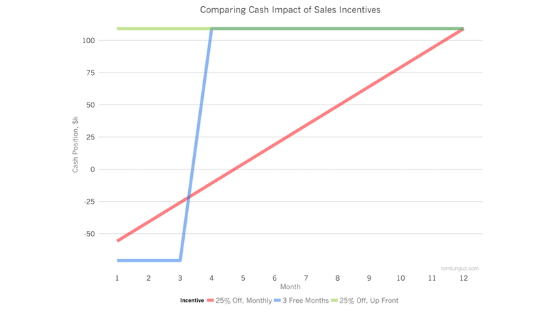Gary Vaynerchuk is a Belarusian-American entrepreneur, you might have stumbled upon Gary’s motivational videos while seeking for some motivation on YouTube. The estimated net worth of Gary Vaynerchuk in 2021 is $200 million.
Gary has a YouTube channel that goes by Gary Vee and he currently has over 3 Million subscribers on YouTube. Gary Vaynerchuk is the chairman of VaynerX, a modern-day media and communications holding company and an active CEO of VaynerMedia, a full-service advertising agency servicing Fortune 100 clients across the company’s 4 locations. He is also the co-founder of Resy and Empathy Wines.
Gary Vaynerchuk – Biography
| Name | Gary Vaynerchuk |
|---|---|
| Born | 14 November 1975 – Babruysk, Belarus |
| Age | 45 years |
| Citizenship | American |
| Education | North Hunterdon High School, Bachelor’s degree- Mount Ida College in Newton, Massachusetts |
| Title | CEO at Vayner Media |
| Board Member | Bojangles |
| Net Worth | Approx $200 Million (2021) |
| Startup Name | Vayner Media |
| Founded on | 2009 |
| Headquarter | New York |
| Subsidiaries | Betabox, LLC, VaynerMedia New York |
| Parent organization | VaynerX, LLC |
Read on to know more about the Gary Vaynerchuk biography here:
Gary Vaynerchuk- Childhood & Adult Life
Gary Vaynerchuk – Education
How Gary founded Vayner media
Vayner Media – Growth
Gary Vaynerchuk – Networth
The #AskGaryVee Show
Gary Vanerchuk – Investments
Gary Vaynerchuck – Books
Gary Vaynerchuk – Quotes
Conclusion
Gary Vaynerchuk – FAQs
Gary Vaynerchuk- Childhood & Adult Life
Gary Vee’s Childhood was filled with entrepreneurial passion.
Gary and his family immigrated to the US from Belarus in 1978. He lived with his family of 8 in a small studio apartment. He had entrepreneurial passion within him since his childhood, at the age of 7 he used to sell lemonade at lemonade stalls, at the age of 14 he sold baseball cards in his school. When Gary realized that internet was an opportunity he shifted his dad’s wine business online resulting in the first e-commerce platform for alcohol in the country. Gary renamed his dad’s business to the wine library and during his tenure, he grew his dad’s business successfully from $3 Million to $60 Million.
Gary Vaynerchuk – Education
Gary graduated from North Hunterdon High School after which he finished his bachelor’s degree from Mount Ida College in Newton, Massachusetts in 1998.
How Gary founded Vayner media
During his time in wine library, Gary started a show on YouTube called wine library TV in 2006, he released episodes every single day for nearly 5 years. In 2009 after walking away from wine library TV, Gary and his brother founded Vayner media, an Agency that focused on helping brands promote their stories on social media.
Securing early clients like the New York Jets, and the NHL allowed them to scale at a rapid pace, outgrowing three offices, and scaling to over 500 employees in just six years. Just 9 years later, Vayner media now has more than 800 employees, servicing clients such as Pepsi Co, GE, Johnson and Johnson, Chase, AbInBev, and more.

Vayner Media – Growth
When Gary and his brother AJ founded Vayner Media in 2009, they had limited understanding of the media industry but they were committed from day 1 to a long-term view. Gary true to his DNA never raised startup funding and started the business in a conference room.
The work culture at Vayner media is quite diverse than other media companies. The companies culture largely focuses on empathy employee. VaynerMedia actively seeks to empower employees to be themselves, feel comfortable and empowered at work, and expel nonconstructive people, ego, and politics from the workplace. Vayner media grew from 30 employees to total of 1000 employees in 2019.

In 2017, VaynerMedia entered the publishing space by acquiring premier women’s magazine PureWow under the Gallery Media Group and restructured into VaynerX. In the summer of 2018, the second media brand under the Gallery Media Group umbrella, men’s lifestyle brand ONE37pm was launched.VaynerMedia now represents Fortune 500 clients like General Electric, Anheuser-Busch InBev, and Pepsi-Co, and recently announced their move to Hudson Yards, Manhattan’s hotly-anticipated, multi-billion dollar development.

Gary Vaynerchuk – Net Worth
The estimated net worth of Gary Vaynerchuk in 2021 is $200 million.
The #AskGaryVee Show
In 2014, after spending two years Gary built his own personal content production team – a (semi) daily YouTube show called The #AskGaryVee Show, in this show he takes on questions from people on Twitter and Instagram and responds to them. This strategy worked for him in building his way for follow-on content on sites like Medium, LinkedIn, Inc, and Huffington Post.

Gary Vanerchuk – Investments
Gary has been an active investor in various domains. Here is the list of Latest investment made by Gary.

Gary Vaynerchuck – Books
Gary Vaynerchuck has written 8 books and he is 5X best selling author of NewYorkTimes. He has written books about business and entrepreneurship which every entrepreneur must read. Some books by Gary Vee are:
1.Crush It!: Why Now Is the Time to Cash in on Your Passion by Gary Vaynerchuk
2. Jab, Jab, Jab, Right Hook: How to Tell Your Story in a Noisy World by Gary Vaynerchuk
3. The Thank You Economy by Gary Vaynerchuk
4. #AskGaryVee: 437 Questions & Answers on the Current State of Entrepreneurship, Business Management, Monetization, Media, Platforms, Content, Influencer Marketing, Investing, Leadership, Legacy, Culture by Gary Vaynerchuk
5. Crushing It by Gary Vaynerchuk
6. Gary Vaynerchuk’s 101 Wines: Guaranteed to Inspire, Delight, and Bring Thunder to Your World Gary Vaynerchuk
7. Unti Vaynerchuk Book by Gary Vaynerchuk
8. Sideways: A Decade Under the Influence of the World’s Greatest Wine Story: Tenth Anniversary Collectors Edition
Gary Vaynerchuk – Quotes
Famous Quotes by Gary Vaynerchuk
“Love your family, work super hard, live your passion.” …
“It took thirty-eight years before 50 million people gained access to radios…
“life shrinks and expands on the proportion of your willingness to take risks and try new things.” …
“I put zero weight into anyone’s opinion about me because I know exactly who I am”
Conclusion
Gary Vaynerchuk is a great personality that every aspiring entrepreneur must look up to, Gary is a Businessman- a dude that Loves the hustle and an internet personality. Gary vaynerchuck has repeatedly affirmed his dream to purchase the NewYorkJets – currently the Most valuable and the Best NFL team.
Gary Vaynerchuk – FAQs
What business does Gary Vee own?
Gary, along with his brother AJ Vaynerchuk, founded VaynerMedia, a social media–focused digital agency in 2009.
Does Gary vee own the New York Jets?
No, Gary does not own New York jets but he aims to one day.
What is Gary Vaynerchuck famous for?
Vaynerchuk is best known for his work in Digital Marketing and Social Media as the chairman of New York-based communications company, VaynerX, and as CEO of VaynerX subsidiary, VaynerMedia.
How much did Gary Vee invest in Facebook?
He was impressed with Facebook and believed in the business model—“the ads on it worked.” In 2009, when the social network was still private Gary Vee invested $200,000.
How much did Gary Vee invest in Uber?
He made a $100,000 investment in 2012.
Where does Gary Vaynerchuck live?
Gary Vee lives in New York.
Who is Gary Vee married to?
Gary is married to Lizzie Vaynerchuk since 2004.





















